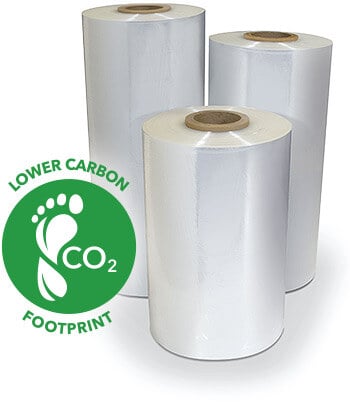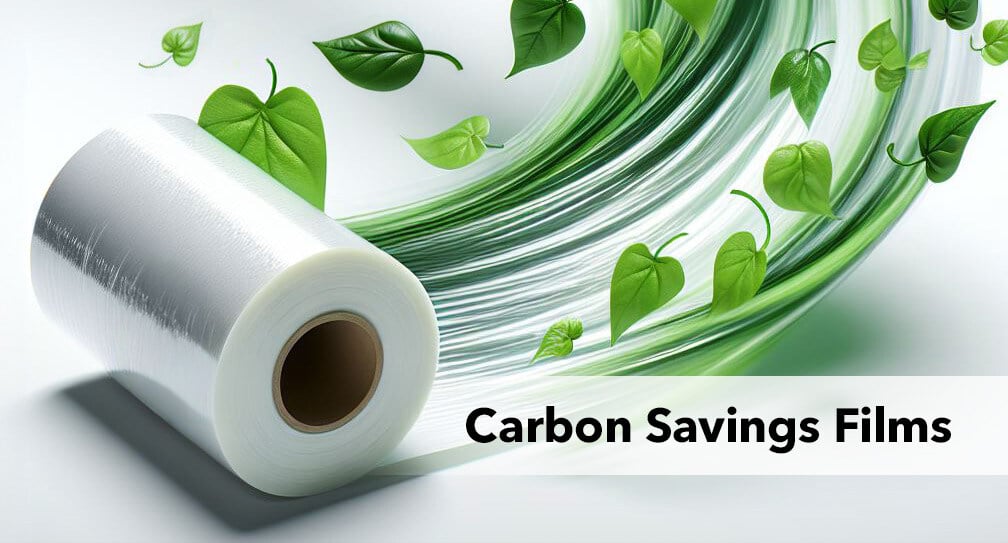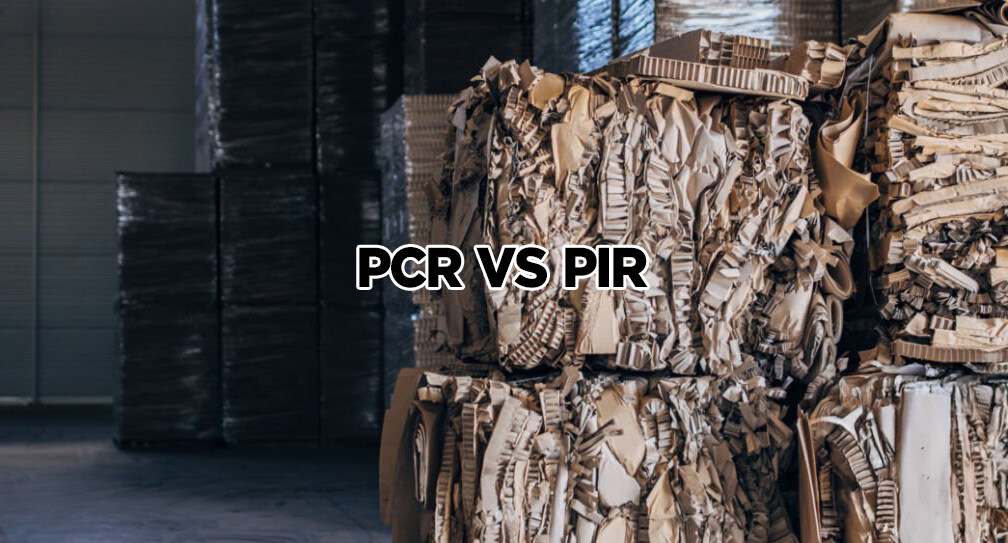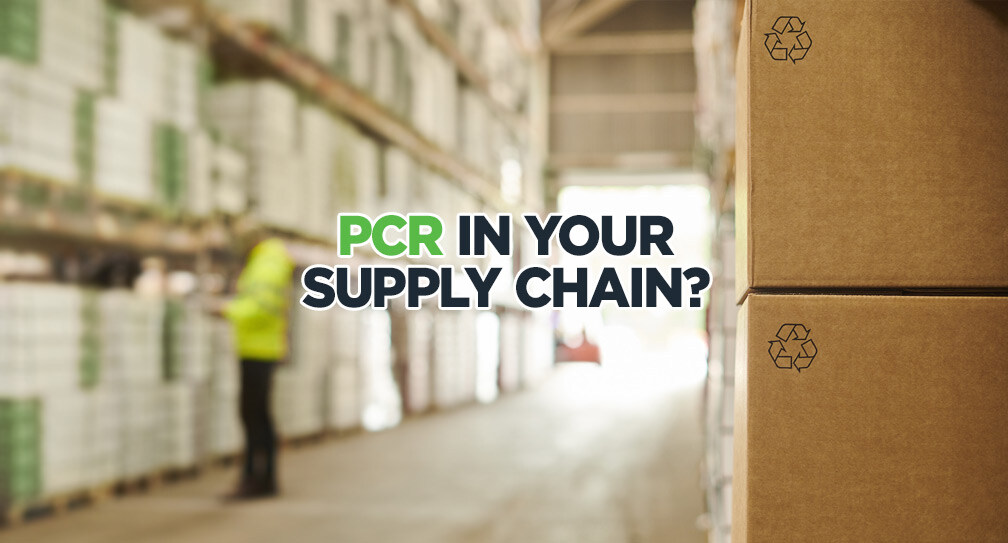In today’s increasingly eco-conscious market, sustainability efforts aren’t just about doing the right thing for the environment—they’re about doing the smart thing for your bottom line. For many businesses, packaging plays a central role in achieving both objectives. By optimizing film usage and integrating post-consumer recycled (PCR) content, it’s possible to significantly reduce carbon emissions and translate those reductions into tangible cost savings.
 The Carbon-Cost Connection
The Carbon-Cost ConnectionAt the heart of sustainable packaging lies the understanding that efficiency is good for everyone involved. Traditional packaging solutions often rely on heavier, thicker films or multiple layers of material that require more raw resources and more energy to produce, ship, and dispose of. The result? A higher carbon footprint and increased costs. Conversely, by employing lighter-weight, PCR-rich films, companies streamline their material needs—fewer truckloads, lower fuel consumption, and less waste.
Imagine replacing multiple layers of conventional film wrap with a single, high-quality PCR film. This simple change directly reduces the weight and thickness of your packaging. Fewer materials mean fewer emissions generated along the entire value chain, from production through transportation and end-of-life disposal. Less carbon-intensive distribution translates into measurable energy and cost savings.
IPG uses a life cycle approach to evaluate the impact of higher performance, higher recycled content films, to help you choose the best solution.
Understanding Post-Consumer Recycled (PCR) Films
PCR films incorporate materials reclaimed from consumer recycling streams. Rather than relying solely on virgin resin, PCR products give a second life to what would otherwise be waste. By integrating these recycled inputs, companies reduce their dependency on energy-heavy processes like extracting and refining new raw materials. In doing so, every meter of PCR film used represents a step towards lowering the overall carbon footprint of their packaging operations.
For example, switching to Emerald Bubble can reduce the overall carbon footprint by 17% compared to standard Durabubble
Efficiency as a Competitive Edge
 The benefits of optimizing packaging materials are not merely theoretical. As the demand for environmentally friendly products grows, customers actively seek out brands that can demonstrate sustainable practices. Adopting eco-friendly films—a decision once driven by regulatory pressure or reputational concerns—now also resonates with an evolving consumer base. Shoppers reward companies that can prove their commitment to responsible sourcing and minimal environmental impact.
The benefits of optimizing packaging materials are not merely theoretical. As the demand for environmentally friendly products grows, customers actively seek out brands that can demonstrate sustainable practices. Adopting eco-friendly films—a decision once driven by regulatory pressure or reputational concerns—now also resonates with an evolving consumer base. Shoppers reward companies that can prove their commitment to responsible sourcing and minimal environmental impact.
In other words, making your packaging more sustainable isn’t just good PR; it’s a strategic business move. Reducing packaging weight and incorporating PCR content can help keep shipping costs down, improve storage efficiency, and minimize damage or waste from overbuilt packaging materials. The result is often increased profitability and brand loyalty, an especially potent combination in competitive markets.
From Vision to Action
It’s easy to talk about reducing carbon footprints, but the real difference comes from putting these ideas into action. Whether it’s downsizing from multiple layers of film to a single strip, or making the switch to recycled materials, incremental steps add up. Over time, consistent improvements in film sourcing, thickness, and composition can generate substantial carbon reductions and cost savings.
At IPG, we’re committed to developing advanced packaging films that serve both the planet and the bottom line. By collaborating closely with customers to understand their packaging needs and sustainability targets, we provide solutions that deliver measurable results. The equation is simple: less carbon leads to lower costs—and everyone wins.
Your IPG representative is ready to help you calculate the reduced cost and carbon footprint of an optimized packaging solution.
In Conclusion
Reducing your carbon footprint doesn’t have to mean compromising on quality or profitability. Through strategic material choices, intelligent design, and the integration of PCR films, businesses can minimize environmental impact while boosting their financial performance. In this new era of responsibility and resilience, packaging optimization is a powerful tool—one that proves sustainability and savings go hand in hand.




